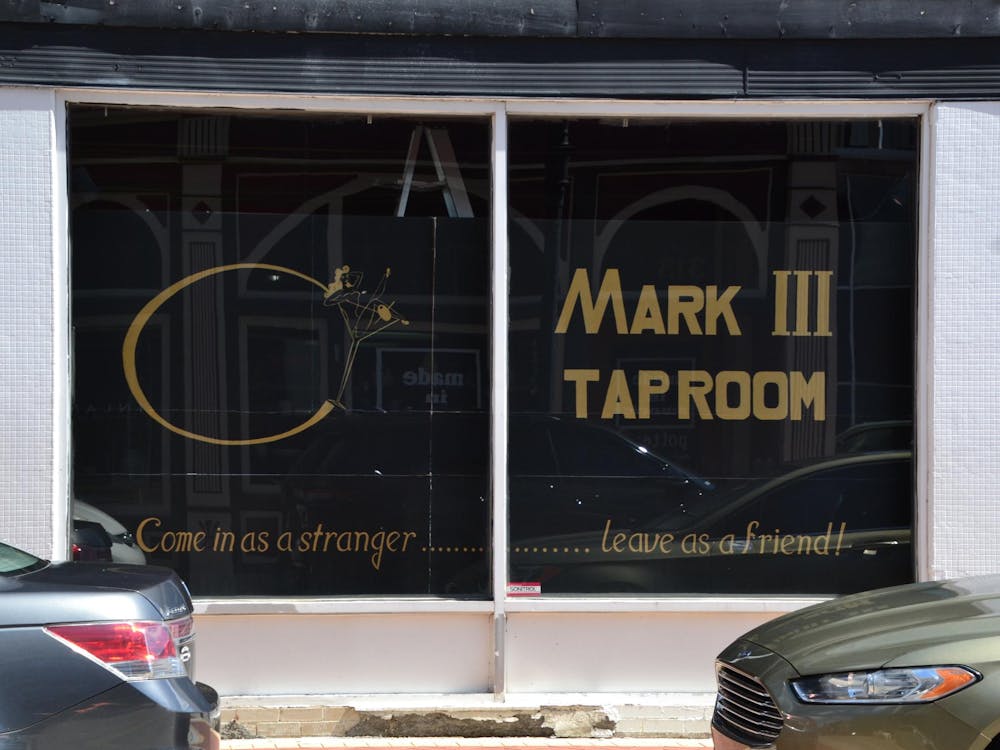Ball State’s enrollment decrease in new freshmen and growth in all other areas is a growing trend across the nation, according to a national postsecondary education organization.
David Hawkins, the executive director for educational content and policy at the National Association for College Admission Counseling, said more universities and colleges have been adapting to the changing landscape of higher education by moving away from the traditional four-year, residential undergraduate experience.
“Many institutions expand into those areas to enhance their brand,” Hawkins said. “Generally speaking, institutions do often go through a process of deciding what they do best and then focusing on those areas.”
This trend matches with Ball State’s increased push with enrollment in online education—up 14.9 percent this year—as well as transfer and graduate students.
Hawkins said because online education is something growing across the nation, there’s a lot of demand for a university that does it well.
“As it gains in popularity and reputation, it’s unclear which institutions are doing it best,” he said. “It’s clear who enrolls the most people, but it’s much less clear who has actually done a good job serving them.”
There are a lot of “sub-prime” players in the market for online education, Hawkins said, so universities have to prove themselves to make it.
“If you get a reputable institution like Ball State into the market and people trust it and get something out of the education they could stand to do pretty well,” he said.
As online enrollment increases, Ball State's new freshman admission rate has fallen 3.2 percent this year, in an effort to get higher quality students—something President Paul W. Ferguson said will be continuing in the future.
Hawkins said this is something he has seen throughout the country as well.
“For whatever reason, many institutions have sought to increase their academic profile over the past decade or so,” he said. “It’s a deliberate decision to essentially become more selective.”
This has a lot to do with the way the institution wants to be perceived, Hawkins said. Some may choose to be more open with their admissions and some, like Ball State, may choose to become more selective.
Molly Martin, director of organizational learning and alignment at the Lumina Foundation, seconded Hawkins. She said it isn’t an unusual trend to see the percentages of acceptances decreasing at reputable schools.
But even so, Martin said it isn’t a bad thing. With all the universities in the U.S., prospective students have plenty of options to choose from.
“We know the skills you can demonstrate after going to college, that’s what really matters,” Martin said. "You want to be able to demonstrate you learned something. No one institution gets the corner of the market on learning; all sorts of institutions can offer that.”
However, she said when the university is limiting the incoming freshman class sizes, it has to be careful not to compromise the diversity within the class.
“I say be mindful because it’s not just a good thing to do, it’s a vital thing to do,” Martin said. “The demographics of the U.S. are shifting, and if we can look at college grad rates by race and say well, white people have higher percentages, we know it’s not that, there’s something wrong with the system. And that’s a really important issue.”
Expanding diversity at Ball State before 2018 is one of Ferguson’s goals in his Centennial Commitment plan.




